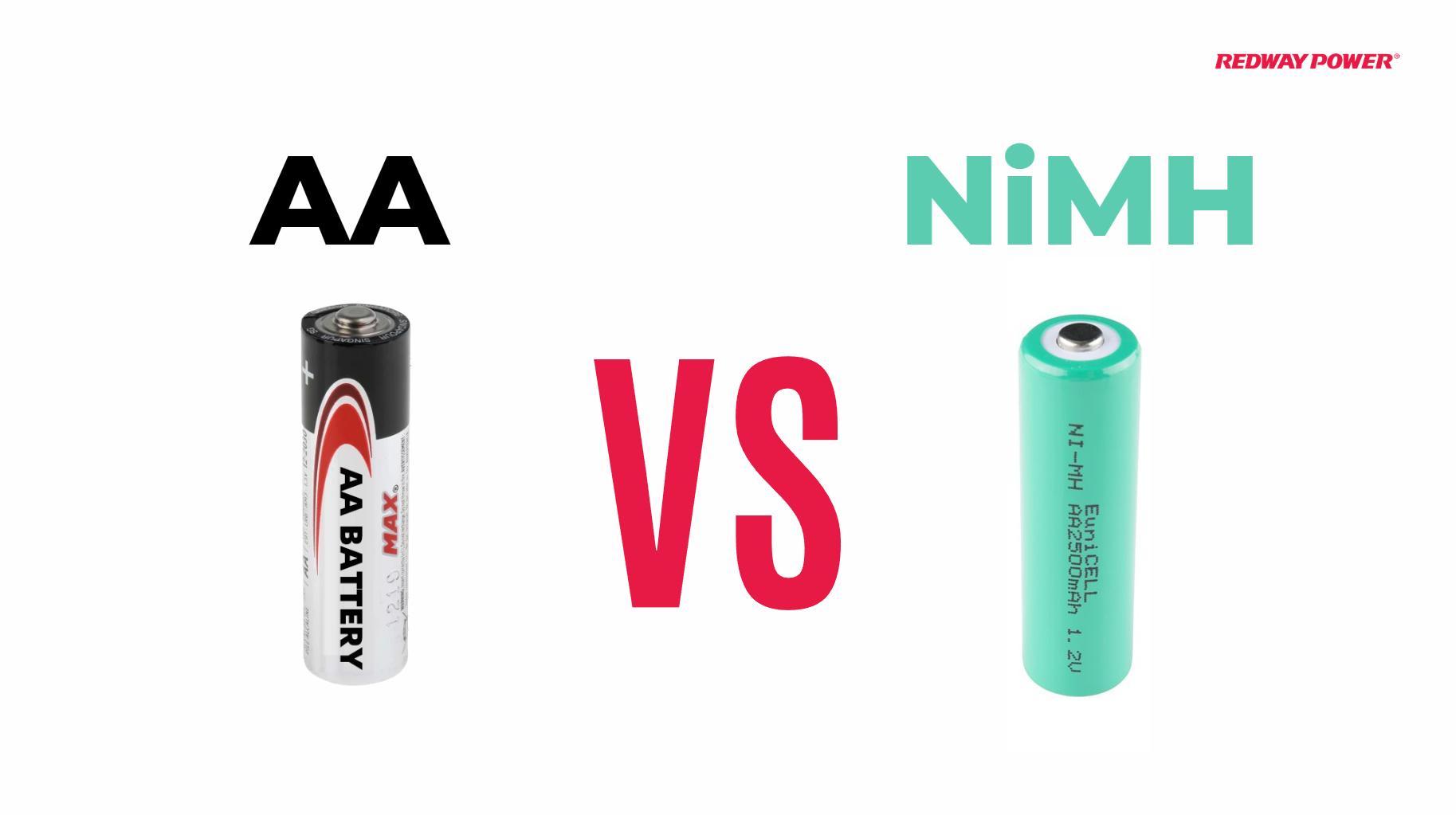Why Are LiFePO4 Batteries Considered Better Than Other Types?
Lithium Iron Phosphate (LiFePO4) batteries are increasingly recognized as superior energy storage solutions due to their safety, longevity, environmental friendliness, and efficiency. These features make them a preferred choice for various applications, including electric vehicles and renewable energy systems.
What are the safety benefits of LiFePO4 batteries?
LiFePO4 batteries are renowned for their exceptional safety profile. Unlike other lithium-ion chemistries, they exhibit remarkable thermal stability and a significantly reduced risk of thermal runaway. This means that even under extreme conditions or when damaged, LiFePO4 batteries are less likely to catch fire or explode, making them ideal for applications where safety is paramount.Chart: Safety Comparison of Battery Types
| Battery Type | Risk of Thermal Runaway | Safety Features |
|---|---|---|
| Lithium Cobalt Oxide | High | Requires extensive safety measures |
| Lithium Manganese Oxide | Moderate | Moderate safety features |
| Lithium Iron Phosphate | Low | Excellent thermal stability |
How long do LiFePO4 batteries last compared to others?
LiFePO4 batteries boast an impressive lifespan, often exceeding 3,000 to 5,000 charge-discharge cycles at a depth of discharge (DoD) of 80%. This longevity surpasses that of traditional lead-acid batteries and many other lithium-ion types, which typically last only 500 to 1,500 cycles. This extended lifespan makes LiFePO4 a cost-effective option in the long run.Chart: Cycle Life Comparison
| Battery Type | Average Cycle Life |
|---|---|
| Lead-Acid | 500 – 1,500 cycles |
| Lithium-ion | 1,000 – 2,000 cycles |
| Lithium Iron Phosphate | 3,000 – 5,000 cycles |
Why are LiFePO4 batteries considered eco-friendly?
LiFePO4 batteries are composed of non-toxic materials and do not contain heavy metals like cobalt or nickel found in some other lithium-ion chemistries. Their recyclability and long lifespan contribute to reduced waste and environmental impact. By choosing LiFePO4 technology, consumers support sustainable practices and minimize their carbon footprint.
What is the efficiency of LiFePO4 batteries in energy use?
LiFePO4 batteries offer high energy efficiency, typically exceeding 95% during charge and discharge cycles. This efficiency translates into more usable energy and lower operational costs over time. They also exhibit consistent performance across a wide range of temperatures and conditions, making them versatile for various applications.Chart: Energy Efficiency Comparison
| Battery Type | Charge/Discharge Efficiency |
|---|---|
| Lead-Acid | 70% – 85% |
| Lithium-ion | 90% – 95% |
| Lithium Iron Phosphate | Over 95% |
How does thermal stability enhance battery performance?
The thermal stability of LiFePO4 allows these batteries to operate safely in extreme temperatures without significant degradation in performance. This characteristic not only enhances safety but also ensures that the battery can deliver consistent power output even under challenging environmental conditions.
Buy Wholesale Battery Tips
For businesses looking to source high-quality batteries, Redway Lithium is an excellent choice for wholesale buyers or OEM orders overseas. With over 13 years of experience in manufacturing lithium batteries, Redway offers competitive pricing and reliable products tailored to your needs. To place an OEM order with Redway Lithium, research their product catalog, contact their sales team, discuss your specifications, and finalize your order details to ensure you receive the best solutions for your battery requirements.
Industrial News
The demand for lithium iron phosphate (LiFePO4) technology continues to grow as industries seek safer and more efficient energy storage solutions. Recent innovations focus on enhancing battery performance through improved materials and designs that maximize lifespan while minimizing environmental impact. These advancements position LiFePO4 as a leading choice in various sectors.
Redway Lithium Expert Views
“LiFePO4 technology is revolutionizing energy storage with its unique combination of safety, longevity, and eco-friendliness,” says a Redway Lithium expert. “As we continue to innovate in this space, we expect to see even broader adoption across industries looking for reliable power solutions.”
FAQs
- What advantages do LiFePO4 batteries have over traditional lead-acid batteries?
LiFePO4 batteries have a longer lifespan (3,000-5,000 cycles), higher efficiency (over 95%), and improved safety features compared to lead-acid options. - Are LiFePO4 batteries environmentally friendly?
Yes, they are made from non-toxic materials and have a lower environmental impact due to their recyclability and long life. - How does temperature affect the performance of LiFePO4 batteries?
LiFePO4 batteries maintain stable performance across a wide temperature range without significant degradation. - What is the typical cycle life of a LiFePO4 battery?
Typically between 3,000 to 5,000 cycles at an 80% depth of discharge. - Why is thermal stability important for battery safety?
Thermal stability reduces the risk of overheating and thermal runaway, making LiFePO4 safer than many other lithium-ion chemistries.

